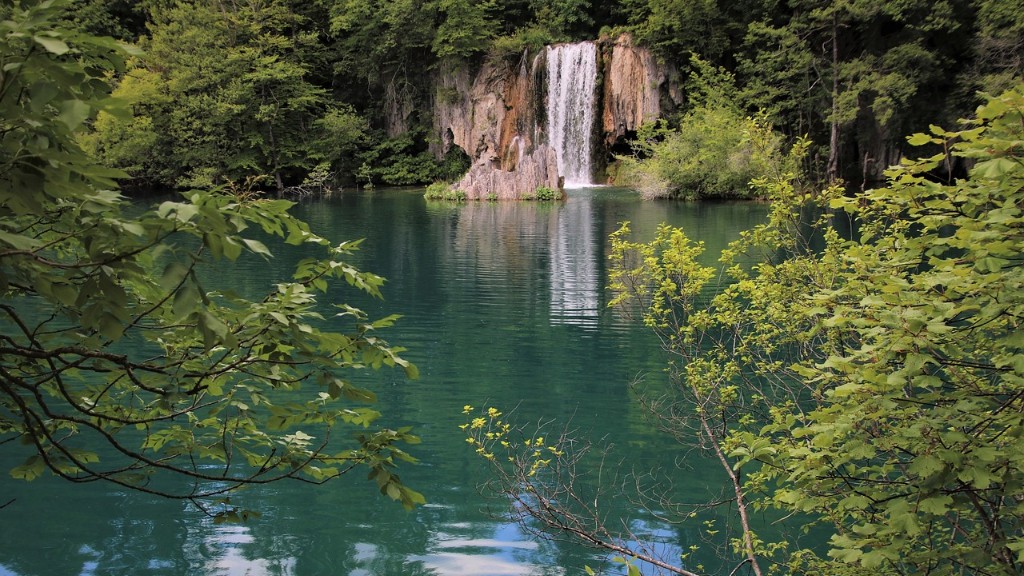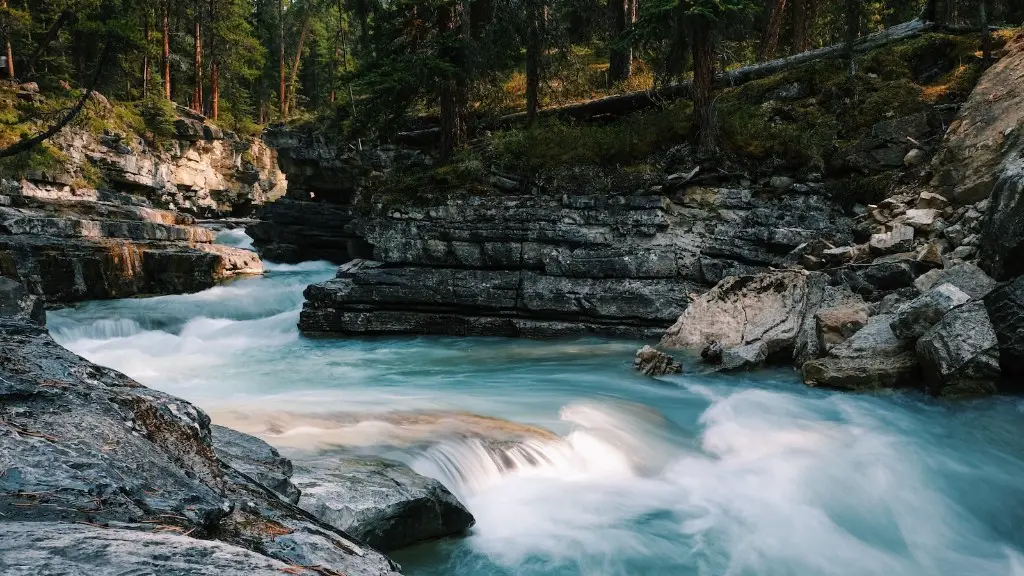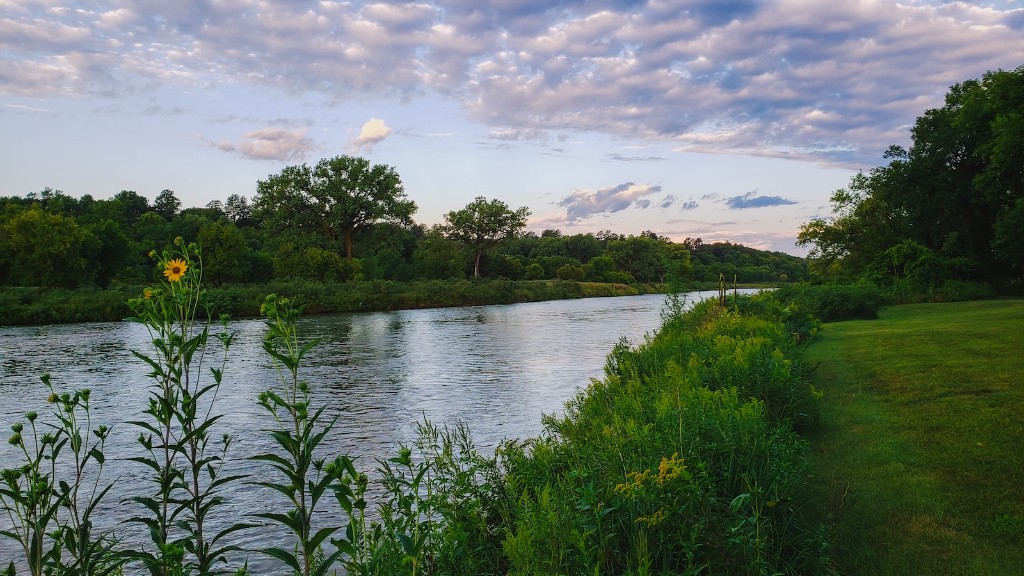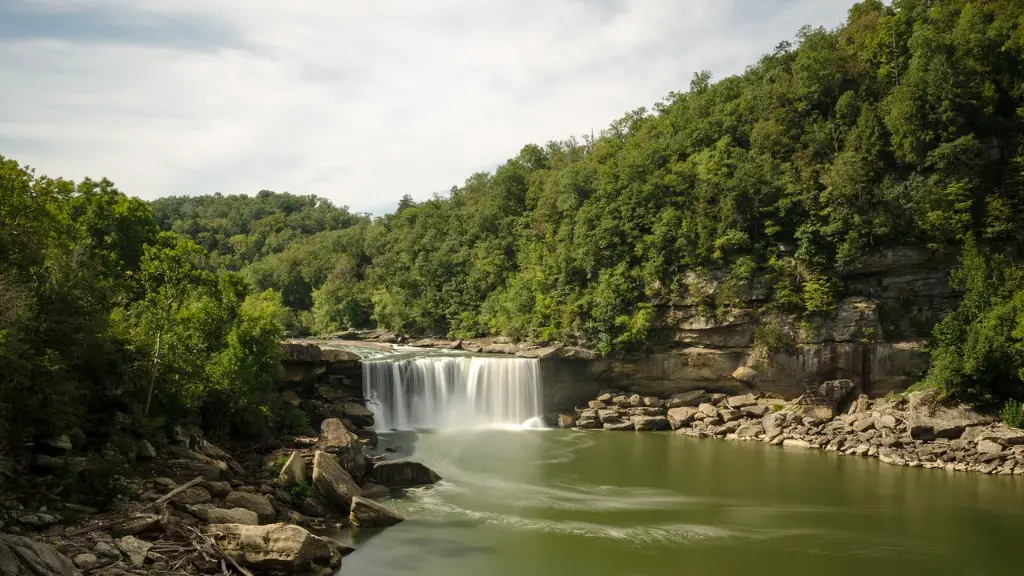The mighty Yangtze river is one of the world’s largest and most important waterways, connecting more than a sixth of the world’s population to the sea. Its journey begins in the highlands and alpine meadows of the Tibetan Plateau, flows east into the densely populated delta of the East China Sea, and has supported the lives of many people over the centuries. But where did it really come from?
The source of the Yangtze river has moved over the centuries and the river’s headwaters have been a matter of fierce debate since the 18th century. Ancient texts such as the Classic of Mountains and Seas written during the 5th century BC referred to several rivers, including the Yangtze, which also coincided with certain modern rivers.
In 1951, a Chinese survey team identified the Tuotuo River, a tributary of the Yangtze, as the source of the Yangtze. The team declared it to be situated at the edge of a glacial lake in the Tanggula Mountains of northern Tibet, at 5,042 metres above sea-level. This was confirmed by a 2013 joint expedition by teams from China, Canada and the United States. Surveying with GPS-equipped survey and robotic positioning systems, the teams followed the river all the way back to its source and established the original latitude and longitude to be near 33.28° North, 80.71° East.
Two major scientific theories exist to explain the origin of the Yangtze river: the Paleogeo Theory and the Geomorphologic Theory. According to the Paleogeo Theory, the headwater of the Yangtze was formed by the shifting of the Indian plate beneath the Eurasia plate during the Himalayan uplift about 50 million years ago, gradually forming the present-day Yangtze valley. The Geomorphologic Theory suggests that the uplifting of the Tibetan Plateau has acted like a wall to hold back water and lead to the lake which serves as the source of the mighty river.
The Yangtze river is an important geopolitical and economic artery of China, as it is home to many of the country’s major cities and power plants. It supports important industries such as fishing and food production, commercial navigation and the production of hydroelectricity at the Three Gorges Dam. For centuries, the river has been vital in connecting people in the east and the far reaches of China, providing trade, commerce and transportation.
Interest in the origin of the Yangtze river will continue to be an intriguing matter for researchers and scholars alike, but one thing for sure is that the river is an amazing natural feature and a vital artery of the Chinese nation.
Water Pollution
The Yangtze river has had a long and turbulent history, but in recent decades it has been facing a new challenge: water pollution. It is estimated that 30 billion tons of untreated wastewater is discharged into the Yangtze river every year. This polluted water is causing alarming levels of eutrophication, causing aquatic lives and other species that depend on the river to suffer. In addition, the Three Gorges Dam has blocked the natural flow of the river, leading to water stagnation in certain areas. As a result, algae blooms and oxygen-depleted areas have become increasingly frequent along the river.
The Chinese government is taking steps to reduce pollution levels in the Yangtze, introducing new industrial standards, investing in water infrastructure projects, and strengthening water quality monitoring. However, the effects of these measures will take years to become visible, and individual citizens also need to do their part to take action and reduce their environmental impact.
Water pollution is an issue faced by many nations across the globe. Despite efforts by the Chinese authorities to reduce the Yangtze’s pollutants, more sustainable methods must be implemented to truly make a difference. To protect the longevity of this vital natural resource and to help restore the health of its unique ecosystem, it is essential that every individual becomes more aware and conscious of the consequences of their actions.
Deforestation
Deforestation along the Yangtze river is another pressing issue that needs to be addressed. The region is home to many endangered species, such as the Chinese alligator and the Yangtze river dolphin, that depend on these forests for their habitat. In addition, according to a study published in the scientific journal Science, deforestation is also causing a significant drop in the water level of the river and is leading to increased soil erosion, further exacerbating the problem.
The Chinese government has banned all logging activities in the area in order to protect the forests, but illegal logging remains a major problem. However, the Chinese authorities are not alone in their efforts to protect these forests. Organizations, such as the Nature Conservancy and the World Wildlife Fund, are also raising awareness and working to restore the Yangtze’s ecosystems.
Deforestation is a global issue and it needs to be addressed on all levels, from individual citizens to the government, in order to protect this vital ecosystem. Every individual can contribute by making sustainable lifestyle choices, such as using recycled materials and reducing their consumption of disposable items, as well as by supporting organizations that are working to protect and restore the Yangtze river’s forests.
Climate Change
Climate change has become an increasingly urgent issue and it has a significant impact on the Yangtze river, as well as its entire ecosystem. Rising temperatures and shifting weather patterns due to climate change has caused the river’s water level to rise drastically, leading to severe flooding in areas of the lower basin. In addition, glaciers, which are the source of the river’s water, are shrinking due to rising temperatures, which could further threaten the river’s water supply.
The Chinese government is aware of the threat posed by climate change and has implemented a number of measures to reduce carbon emissions and energy use. Despite these efforts, China, as the world’s largest emitter of greenhouse gases, must take further steps in order to mitigate the effects of climate change on the Yangtze river.
Climate change is a global issue and its effects are being felt around the world. To protect this vital resource and to prevent further flooding and damage to the ecosystem, it is essential that China, and all other countries, play their part in reducing their carbon emissions and energy use.
Conservation
The Yangtze river is home to a diverse array of aquatic species, many of which are threatened by overexploitation, pollution, and the effects of climate change. To protect these species, the Chinese government has established a number of protected areas along the river, such as the Three Parallel Rivers and the Changde-Zhangjiajie National Park, in order to preserve the flora and fauna along the Yangtze.
In addition, the Chinese government has also launched initiatives to promote sustainable fishing and has implemented fishing bans in certain areas of the river in order to protect species that are under threat. The government has also encouraged the use of sustainable fishing practices, such as using fishing nets with bigger mesh sizes in order to reduce bycatch.
In order to protect the unique species of the Yangtze river, it is essential that sustainable practices are implemented and that individuals do their part to reduce their environmental impact. These efforts will help to preserve the river and its unique ecosystems for years to come.
Conclusion
For centuries, the Yangtze river has been a vital artery of the Chinese nation, connecting people from the east and the far reaches of the country through trade, commerce and transportation. In recent decades, the river has been facing serious challenges, from water pollution to climate change, but with concerted efforts from the Chinese authorities, individuals and organizations, there is hope for a brighter future for the mighty Yangtze.




